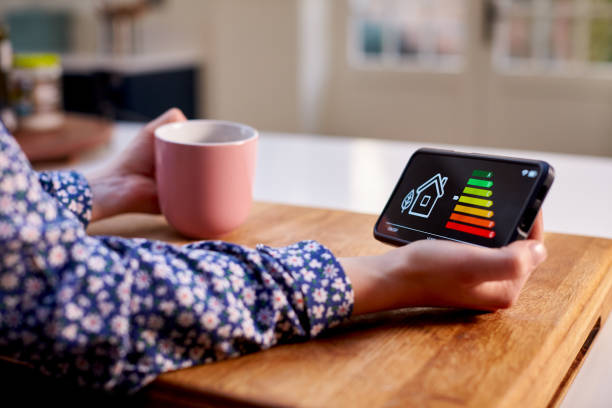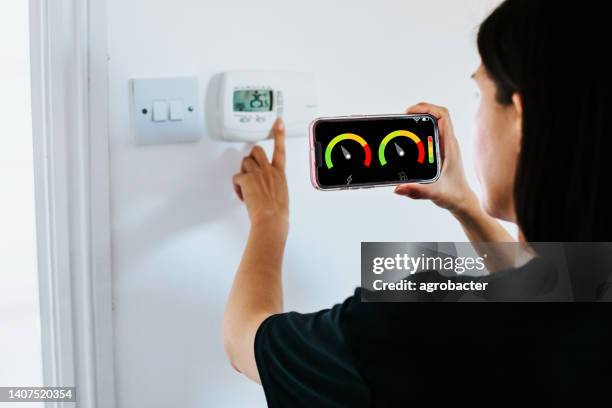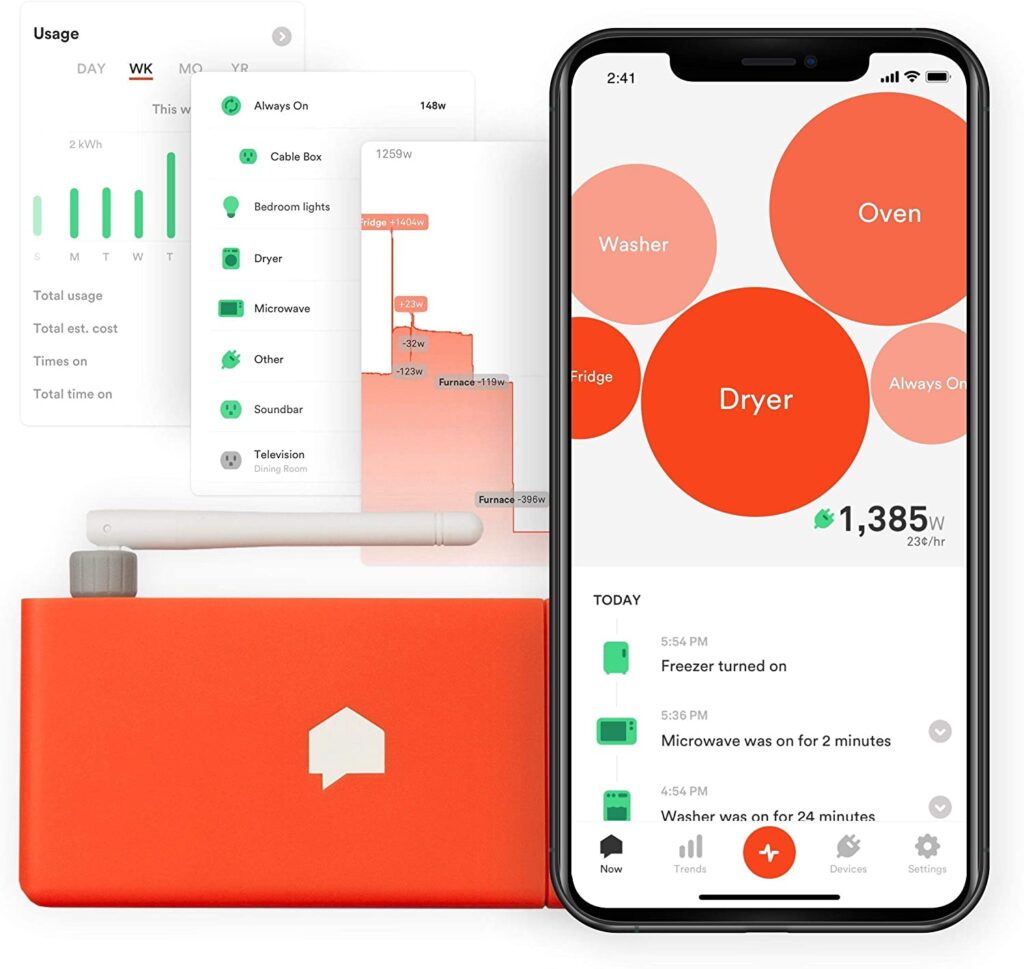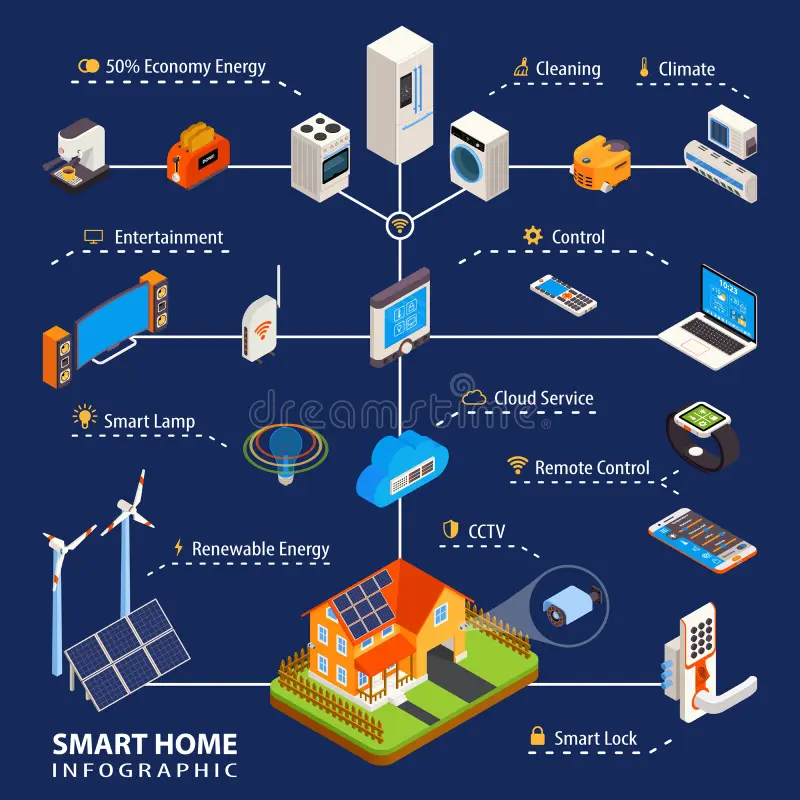
Introduction
In today’s world, where energy efficiency and sustainable living have become essential, managing your home’s energy consumption is more important than ever. As we approach 2025, the interest in smart home technologies that provide actionable insights is rapidly increasing. Whole-house power monitors are leading this trend, equipping homeowners with the necessary tools to manage their energy use and minimize their carbon footprint. This blog post will explore whole-house power monitors, highlighting their advantages, key features to consider, and the best models currently available. Whether your goal is to lower your energy bills, support a greener environment, or simply gain a clearer understanding of your home’s energy dynamics, this review will be your all-in-one resource.
What are Whole-House Power Monitors?

Definition:
Whole-house power monitors are devices that track your home’s energy consumption in real-time. These systems usually consist of sensors installed in your electrical panel, enabling them to monitor electricity flow throughout your entire home. By collecting this data, the monitors generate detailed reports and insights, helping you pinpoint energy-hungry appliances and comprehend your overall energy usage patterns.
Types:
There are mainly two categories of energy monitoring systems:
Whole-Home Monitors: These devices track total energy consumption for the entire house. Examples include the Sense Energy Monitor and Generac PWRview W2.
Individual Appliance Monitors: These focus on the energy usage of specific appliances. While they offer detailed data, setting them up for every appliance in your home can be more challenging.
Features to Look for in a Whole-House Power Monitor

When choosing a whole-house power monitor, several important features can greatly influence its effectiveness and user-friendliness:
Real-Time Data:
Having access to real-time energy usage data is essential. This feature allows you to see your energy consumption at any moment, helping you make quick adjustments to lower usage.
AI/ML Integration:
Some advanced monitors use artificial intelligence (AI) and machine learning (ML) to recognize individual appliances by their unique energy signatures. This capability offers detailed insights without needing to monitor each appliance separately.
Smart Home Compatibility:
Look for monitors that easily integrate with smart home systems like Apple HomeKit, Google Home, and Amazon Alexa. This compatibility enhances your experience by allowing you to control and monitor energy usage through voice commands and automated routines.
Detailed Reporting:
Choose monitors that provide thorough reports and visual representations of your energy data. These reports should categorize your energy usage by appliance, time of day, and day of the week, making it simpler to spot trends and find savings opportunities.
Alerts and Notifications:
Customizable alerts can inform you when your energy consumption surpasses a certain limit or when specific appliances are using too much energy.
Ease of Installation:
Think about whether the monitor needs professional installation or if it can be set up by a homeowner. DIY installation can save costs, but professional installation guarantees safety and precision.
Benefits of Using Whole-House Power Monitors

The benefits of whole-house power monitors go beyond just collecting data. These devices provide real advantages that can positively affect both your finances and the environment:
- Energy Savings: By pinpointing energy-hungry appliances and analyzing your energy usage patterns, you can take specific actions to cut down on consumption. This could mean replacing outdated appliances, changing your usage habits, or improving your home’s insulation.
- Environmental Impact: Cutting back on energy use not only saves you money but also reduces your carbon footprint. By consuming less energy, you’re playing a part in creating a more sustainable future and fighting climate change.
- Increased Home Value: Smart home technologies, such as energy monitoring systems, can enhance your home’s value. As more buyers seek energy-efficient options, homes equipped with these features become increasingly appealing.
- Improved Appliance Maintenance: Keeping track of your appliances’ energy consumption can help you spot potential maintenance problems. For instance, a sudden spike in energy use might signal that an appliance is malfunctioning and requires attention.
- Optimization Techniques: By applying various optimization strategies, you can significantly lower your electricity expenses at home.
Top Whole-House Power Monitors to Consider
Here are some of the leading whole-house power monitors available, recognized for their features, accuracy, and ease of use:
Sense Energy Monitor: The Sense Energy Monitor is a well-regarded option, celebrated for its capability to detect individual appliances using AI. It delivers real-time data, comprehensive reports, and integrates well with smart home systems.
Generac PWRview W2: The Generac PWRview W2 provides extensive energy monitoring, including tracking solar power production. It offers in-depth insights into your energy consumption and works seamlessly with Generac smart home systems.
Emporia Vue Energy Monitor: The Emporia Vue is a budget-friendly choice that provides real-time monitoring and detailed energy information. Its installation is straightforward, and it connects with popular smart home platforms.
IoTaWatt: IoTaWatt is an open-source energy monitoring solution that allows for advanced customization and data analysis. It’s ideal for tech-savvy users looking to optimize their energy monitoring setup.
Square D Wiser Energy Monitor: This monitor integrates effortlessly with Square D electrical panels, providing real-time energy data and smart home connectivity. When evaluating these models, take into account aspects such as cost, features, installation needs, and how well they fit with your current smart home ecosystem.
Frequently Asked Questions (FAQs)
- What is the typical cost of installing a whole-house power monitor?
- The cost of installing a whole-house power monitor can vary widely, typically falling between $100 and $500 for the device itself, not including installation fees if you choose to hire a professional.
- Is professional installation necessary for a whole-house power monitor?
- While some models are designed for DIY installation, it’s advisable to have a professional handle the installation to ensure both safety and accuracy.
- Can whole-house power monitors measure solar energy production?
- Absolutely, many of the latest monitors are capable of tracking solar energy production, giving you valuable insights into how much solar energy you generate and use.
- What kind of energy savings can I anticipate from a whole-house power monitor?
- On average, households can expect to save nearly 10% on their energy bills, with those who actively engage with the monitor potentially saving even more.
- Are whole-house power monitors compatible with all smart home systems?
- Most monitors work well with popular smart home systems such as Apple HomeKit, Google Home, and Amazon Alexa, but it’s wise to verify compatibility before making a purchase.
Conclusion
Looking ahead, whole-house power monitors are set to become increasingly vital in managing our energy use and fostering more sustainable living environments. By offering real-time data, in-depth insights, and integration with smart home technology, these devices enable us to make informed choices and take charge of our energy future. Embrace the power of information and begin monitoring your energy consumption today!